Kinesiology tape, or elastic tape, is a type of tape strategically applied to try to improve sporting performance, or in the case of injuries, to reduce recovery times and pain.1,2 The tape supports the local area and reduces inflammation by affecting circulation. 3
Kinesiology tape was popularized when many athletes wore it during the 2008 Olympics. Since then, it has become a preferred treatment option for many physical therapists. The elastic nature of the tape is designed to simulate the natural elasticity of the skin, making it comfortable to wear with no restriction of movement.
Other sports products benefit from this elasticity, such as taped sports clothing which contain integrated structures that mimic kinesiology tape, offering some of the tape’s benefits within clothing. This provides the advantages of compression without any restriction of movement.4
Silicone Materials
Silicone is a perfect material to integrate into products that require elasticity and flexibility. It is waterproof, resistant to UV, chemicals, moisture, and heat, and anti-slip and skin-friendly. Silicone also has excellent high tensile strength, which makes it highly flexible.
Silicone’s impact absorption properties and the fact that it is lightweight and simple to integrate into textile manufacturing have led to silicone being used for sports clothing in various fields to help prevent athlete injuries.5
Compression gear is also considered to increase recovery rates and help rehabilitate injuries.
Sports or compression goods need a high degree of elasticity to prevent restricting the athlete’s movements and avoid tearing or damaging the garment. Silicone offers this flexibility.
It also offers hydrolysis resistance, which helps the material withstand repeated washes to avoid degradation from frequent washing.
Most current kinesiology tapes consist of nylon and cotton. The cotton helps the material to be breathable, while the nylon offers elasticity.
But in the field of biomedical applications, silicone derivates offer excellent biocompatibility, which has historically given them an edge in comparison with cotton and nylon. This biocompatibility allows them to be used in implanted devices and those that come into contact with the skin.
While silicone is desirable for creating compressive or elasticated clothing, protective gear and goods, and medical products, it also involves specific challenges during handling and processing though.
For example, it is difficult to bond silicone with other materials because of its low surface energy. This makes the manufacture of silicone-containing clothing items challenging.6
While the weak intermolecular interactions that contribute to silicone's water resistance and chemical inertness are advantageous, they also present a challenge when attempting to form the bonds necessary for adhering silicone to another surface.
Compo-SiL® is a recent development that overcomes the limitations of previous silicone manufacturing methods, allowing the outstanding properties of silicone to be fully utilized in products.
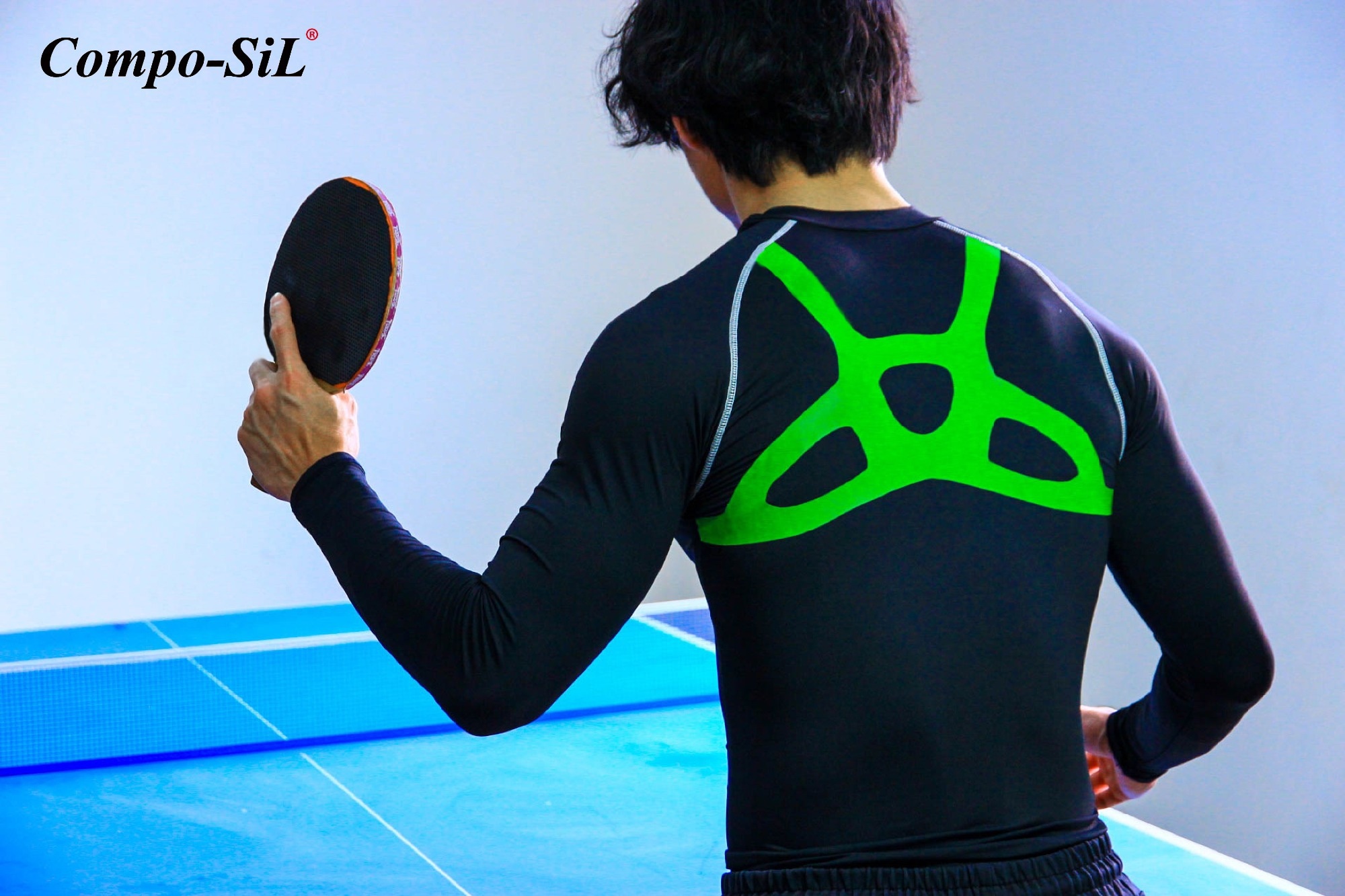
Image Credit: General Silicones Co., Ltd.
Compo-SiL®
Such challenges are addressed by the innovative Compo-SiL® bonding technology through the incorporation of an ultra-thin layer above the silicone. This layer improves surface energy as well as wettability properties.
The quality of the adhesion process has been robustly tested using a combination of standards and in-house testing protocols.
The Compo-SiL® materials series can be printed on various sizes of roll-to-roll sheets to incorporate all the benefits of silicone into garments.
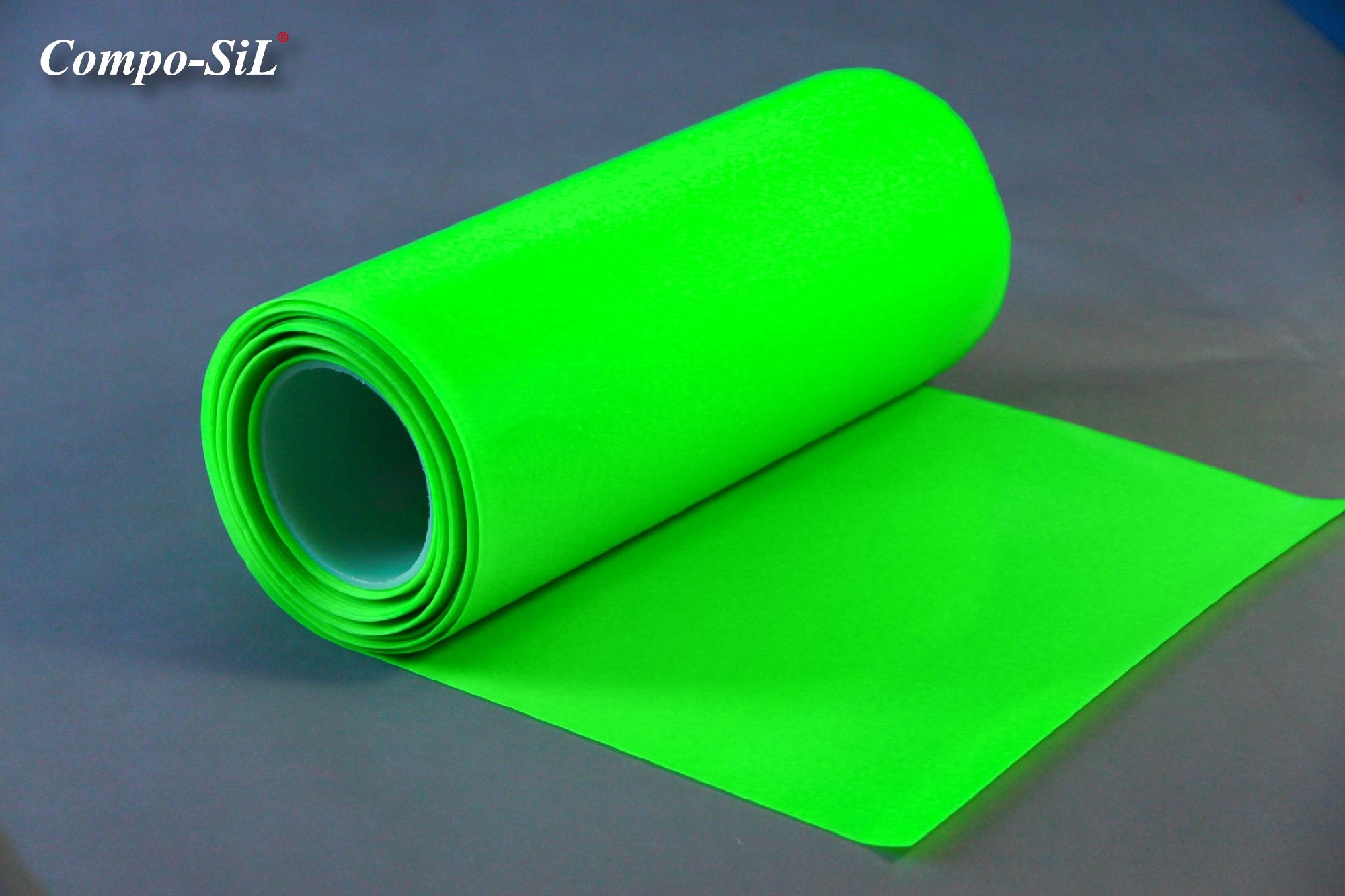
Image Credit: General Silicones Co., Ltd.
Due to General Silicone’s extensive expertise in silicone processing and manufacture, the company also offers options for customizing the exact properties of the silicone to match its client’s applications perfectly.
Compo-SiL® Materials
The Compo-SiL® elastic film (SR series) is a highly resilient and stretchable material that can be readily employed in various product applications, such as sports tape and apparel.
The Compo-SiL® product range’s outstanding performance is due to the unique bonding technology involved, enabling the Compo-SiL® materials to take advantage of silicone’s properties.
Compo-SiL® employs HMA/PUR to integrate silicone, and the resulting material may be applied in compression goods, protective gear, and various other garments.
The end product is a water-resistant, highly durable material that avoids degradation after multiple washes or frequent use. As silicone is skin-friendly, Compo-SiL® is well-suited for clothing.
The material can also be customized, including upgrades to make Compo-SiL resistant to microbes and compliant with ISO 22196:2011, JIS Z 2801: 2012, and ISO 21702:2019 standards, in addition to ASTM G21 for the antifungal activity.
Many odors typically associated with sports gear are due to the formation of microbial colonies. As a result, this option is well-suited for potential medical applications or situations involving wounds and for producing garments that stay odor-free.
The SR series has a maximum width of 1400 mm, offering greater flexibility in product designs.
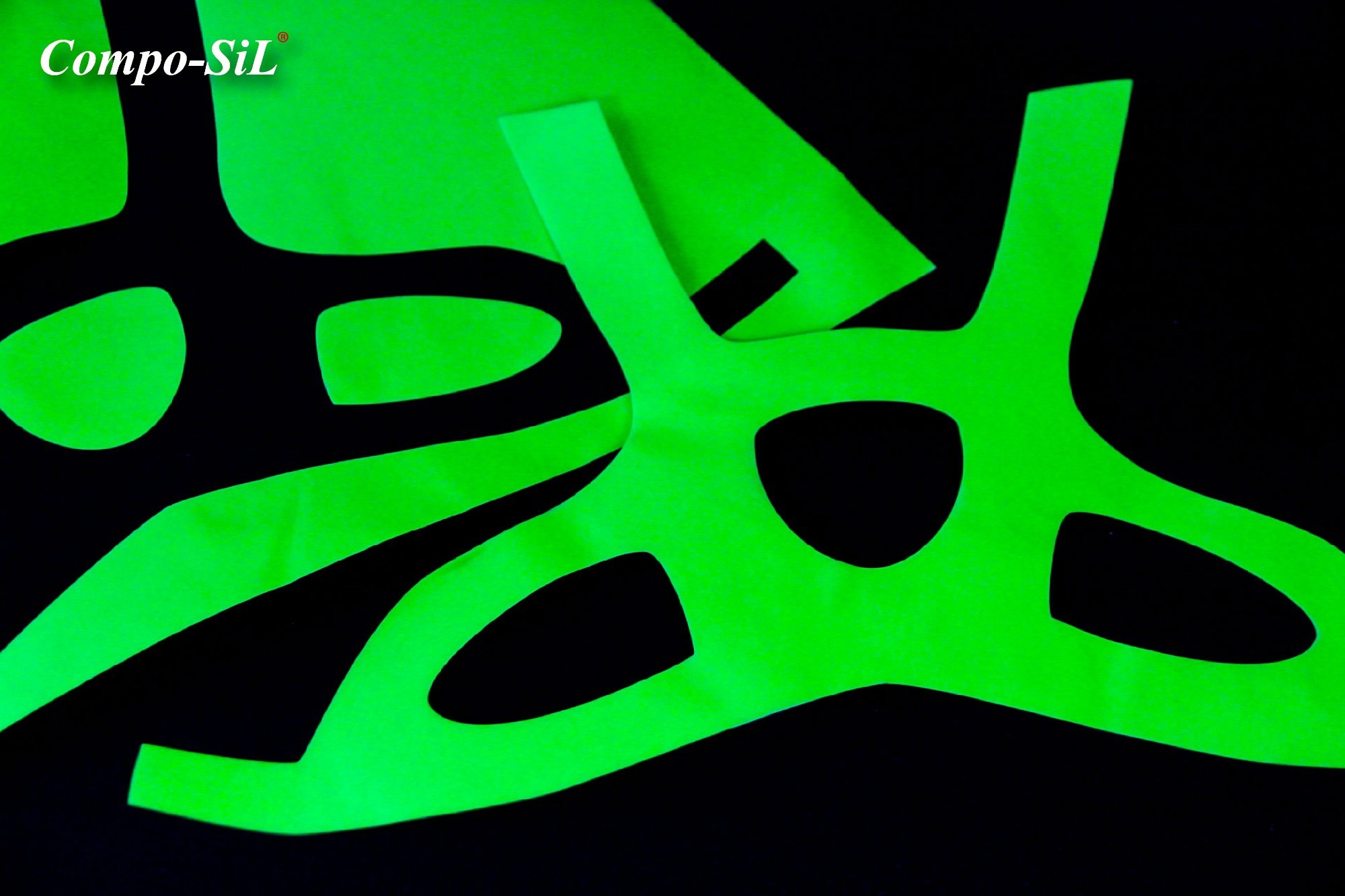
Image Credit: General Silicones Co., Ltd.
General Silicones
If you manufacture high-performance sportswear, apparel for high-impact sports, or compression leggings, contact General Silicones to learn how its Compo-SiL® technology could enhance your products.
Compo-SiL® is suitable for use in joint supports and support bars, which could improve the quality and durability of your garments, leading to improved customer satisfaction.
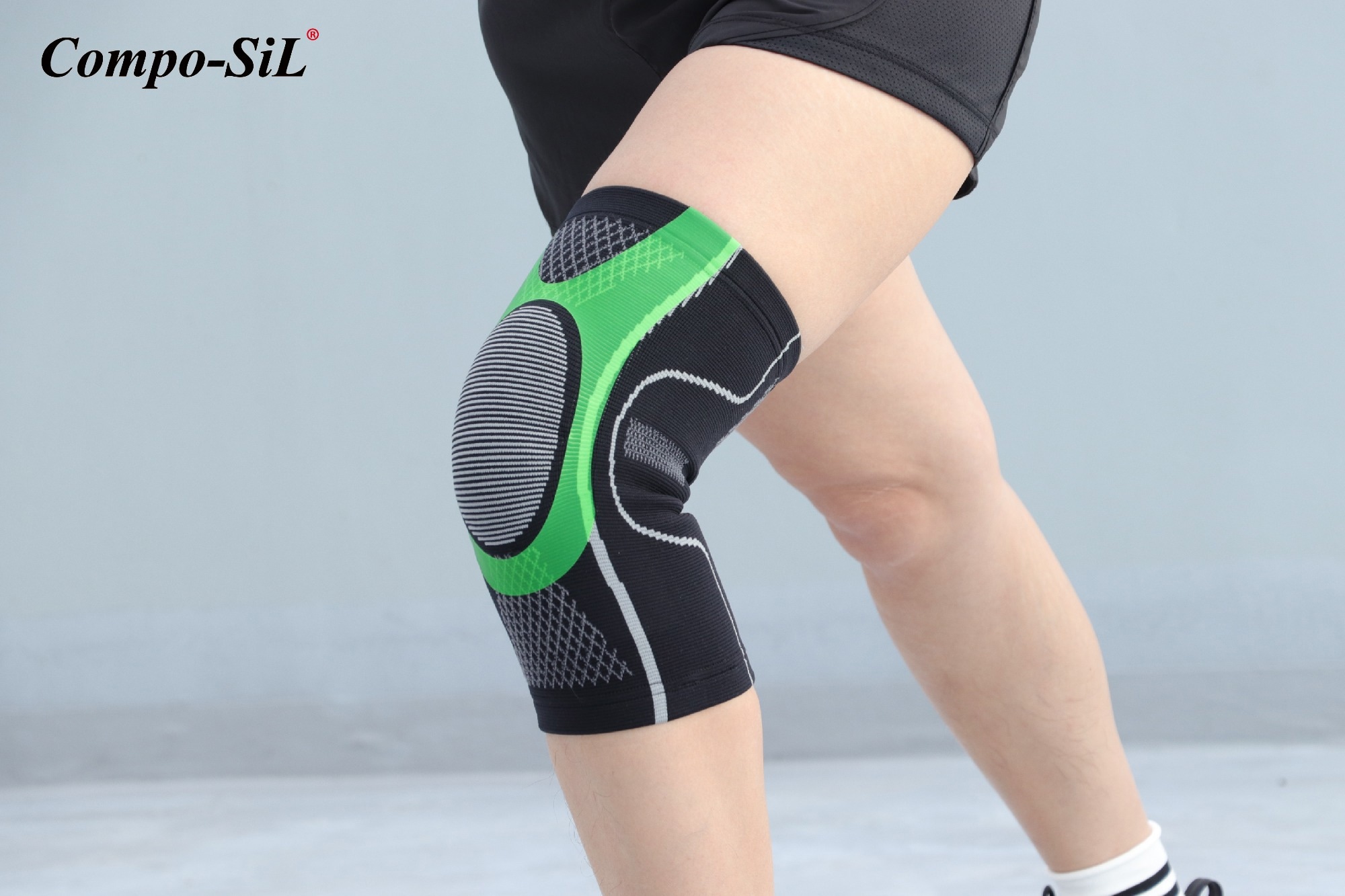
Image Credit: General Silicones Co., Ltd.
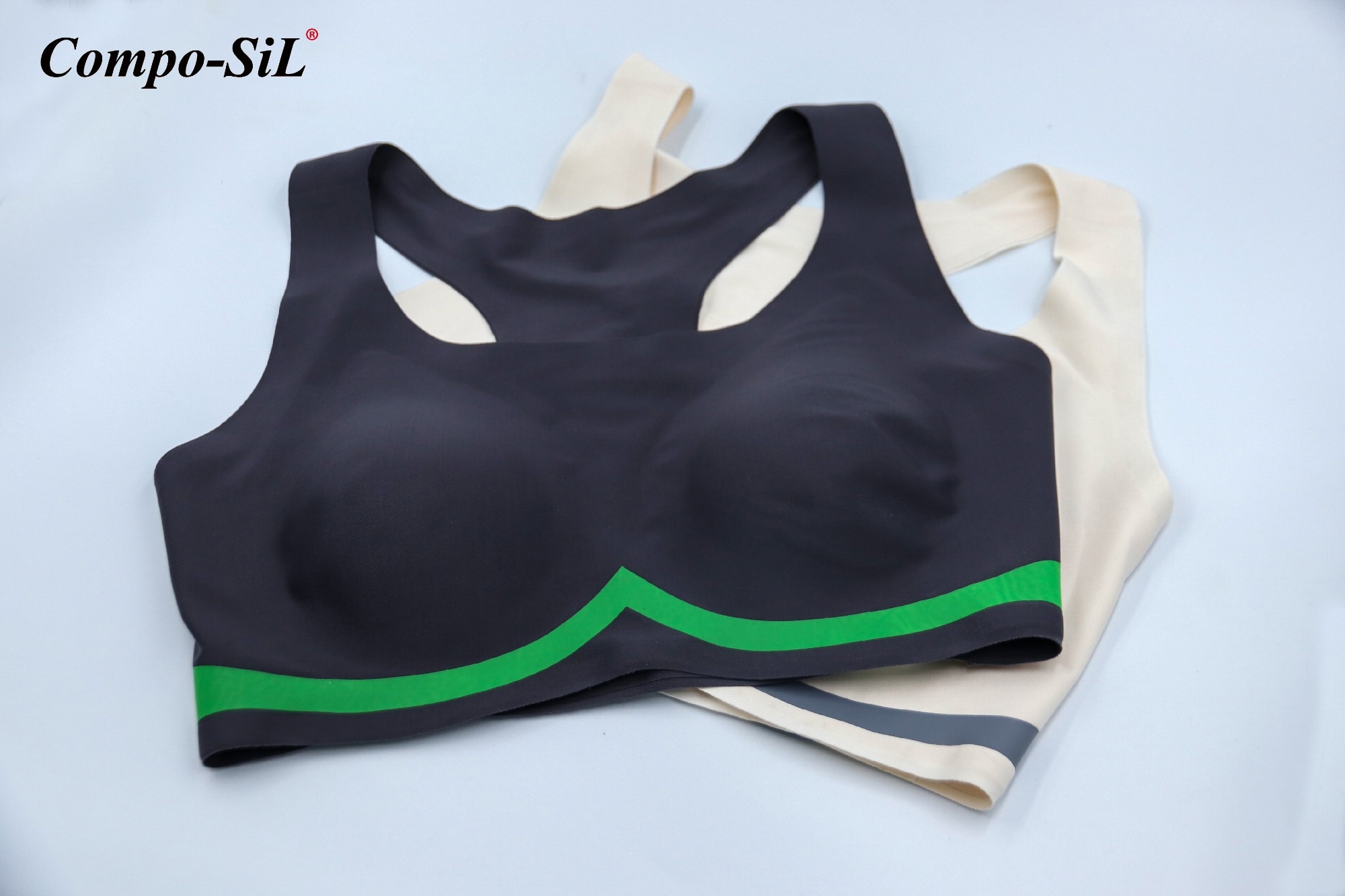
Image Credit: General Silicones Co., Ltd.
References and Further Reading
- Williams, S. et al. (2012) ‘Kinesio Taping in Treatment and Prevention of Sports Injuries’, Sports Medicine, 42(2), pp. 153–164. Available at: https://pubmed.ncbi.nlm.nih.gov/22124445/.
- Reneker, J.C. et al. (2018) ‘Effectiveness of kinesiology tape on sports performance abilities in athletes: A systematic review’, Physical Therapy in Sport, 31, pp. 83–98. Available at: https://www.sciencedirect.com/science/article/abs/pii/S1466853X16301857.
- Craighead, D.H., Shank, S.W., Volz, K.M., and Alexander, L.M. (2017) ‘Kinesiology tape modestly increases skin blood flow regardless of tape application technique.’ Journal of Performance and Health Research, 1, 1-17. [Online] Available at: https://www.scilit.net/article/e1fb961c060ad0d85a412149b7b4488f
- Kit Radar (2023) Does kinesiology taped clothing really work?, Kit Radar. Available at: https://kitradar.com/blogs/startups/does-kinesiology-taped-clothing-really-work (Accessed: 19 September 2023).
- Hughes, A., Driscoll, H. and Carré, M. (2020) ‘Development of Silicone Elastomer for Use in the Assessment of Padded Clothing in Rugby Union’, The 13th Conference of the International Sports Engineering Association. Available at: https://www.mdpi.com/2504-3900/49/1/77.
- What Does Surface Energy Mean and Why Is It Important? (2018) BDK. Available at: https://www.bdk.uk.com/2018/08/surface-energy-why-important-adhesive-selection/ (Accessed: 19 September 2023).

This information has been sourced, reviewed and adapted from materials provided by General Silicones Co., Ltd.
For more information on this source, please visit General Silicones Co., Ltd.